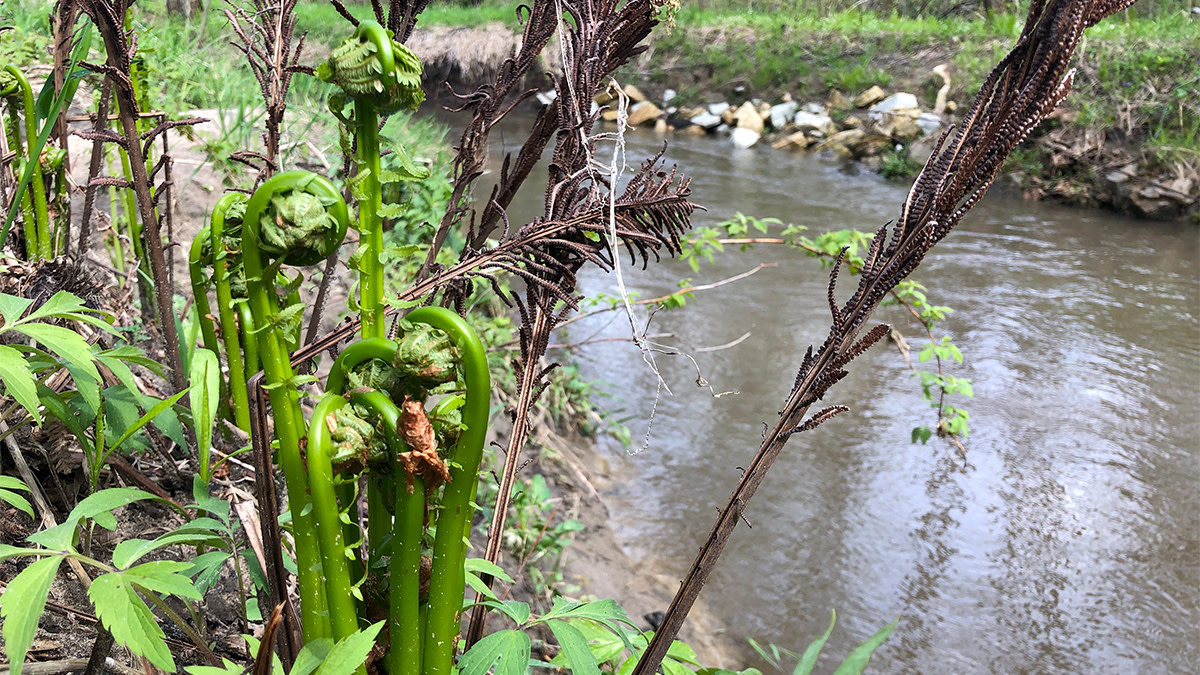
Come spring, there’s one iconic little piece of gold that seems to get everyone excited: The morel. The sultan of soil and other fungi certainly are delicious, but spring offers so much more foraging opportunity than mushrooms alone. So, while you’re out there poking around for a fungus of one sort or another, keep those eyes peeled for a few more wild ingredients. You won’t be disappointed.
Fiddlehead Ferns
I prefer to pick fiddleheads at the early stages of growth, no taller than ten inches and often much shorter. The taller the fern gets the more it begins to unfurl. Remember that the stalk of the frond has just as much flavor as the top and they do have lookalikes, so be sure to consult a foraging guide before you hit the woods. Always practice sustainable harvesting and make sure to only take ⅓ of the plant, or roughly 2-3 fronds. Fiddleheads are sweet and crisp, so prepare them simply. For me, either sautéed or pickled and served alongside your favorite cheese or wild game charcuterie is the way to go.
Bonus: ramps often grow in the same area as fiddleheads.
Ramps (Wild Leeks)
Ramps are one of the most over harvested wild plants in the country, so make sure to pick them respectfully. The two best ways to harvest responsibly are to only take what you need and, most importantly, do not dig up the entire plant every time you pick them. This year, I have only harvested leaves and only picked about 10% of what I’ve found. Frankly, it’s far less work, and it ensures that the plant remains rooted and can be picked again next year. I’ve heard stories of folks picking a whole patch clean and coming back to find their stash barren the next year. If you really want to make it easy, dig up a few whole ramps and plant them in your backyard. Wait a couple of years and voilà, wild foods in domestic places.
I like to make butter, vinegar and sauce with ramps. They’re also a great addition to many breakfast dishes. All of these simple preparations require just the leaves. For long-term storage, blanch the leaves, vacuum seal and freeze. A little can go a long way, so spread the wealth and enjoy them all year long.
Stinging Nettles
The small white hairs that cover the stalk and underside of the leaves give the plant its namesake sting. Have no fear. The pain is minor and short lived, and if you wear light gloves you won’t have a problem. Nettles are best in the first two or three weeks of growth but can be harvested through early summer. Try to take the top six inches or so of the plant, ensuring its continued growth. Once you’ve brought your harvest home, the processing is easy. Keep those gloves on and remove all of the leaves from the stems.
One of my favorite ways to use nettles when I was working as a chef was to simply puree the raw leaves into my pasta flour. This breaks down the stinging hairs and also gives a great flavor and color to the pasta. The most common way to treat the nettles is to blanch them in boiling water, which also removes the hairs. Treat the leaves like spinach and have some fun. For me, soup often comes to mind after an early spring harvest when the air is still crisp.
Spruce Tips
Every spruce variety tastes differently, so experiment with them and see what happens. Raw, the tips I harvested that day in the Boundary Waters tasted of bright herby, citrusy pine. Those same tips, when lightly sautéed, were much sweeter, with a deep citrus flavor that paired perfectly with fish. Spruce tips last for a long time in the refrigerator and can be pickled or frozen. If you’d like to have them around until winter, try storing them in sugar. Come Christmas, you can make some spruce syrup.
We all love mushrooms, especially morels, but don’t shortchange yourself with mushroom myopia. Keep an eye out for the other bounties of spring and enjoy the totality of the season.

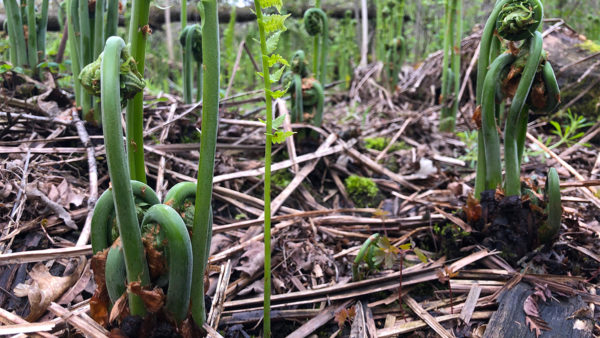
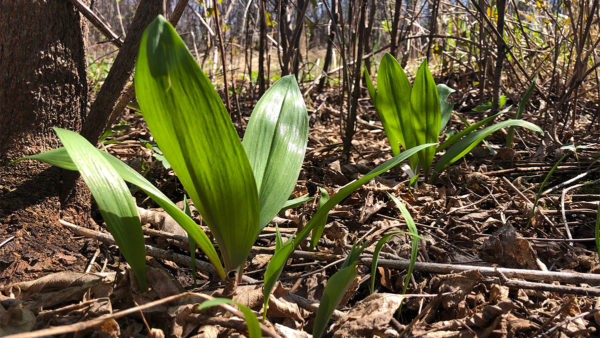
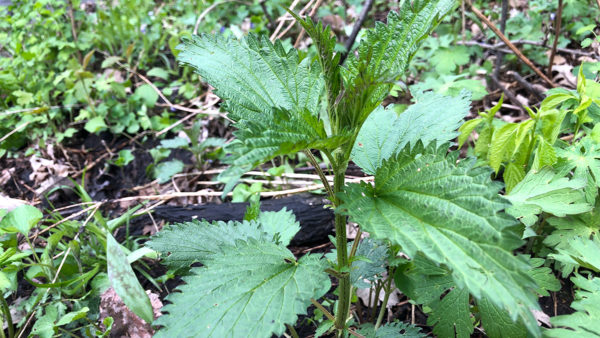
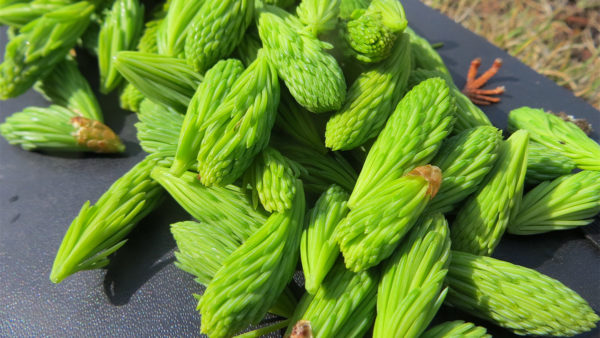




Conversation